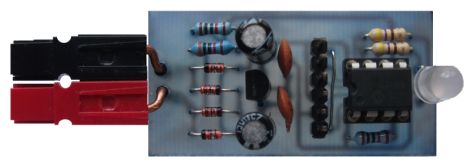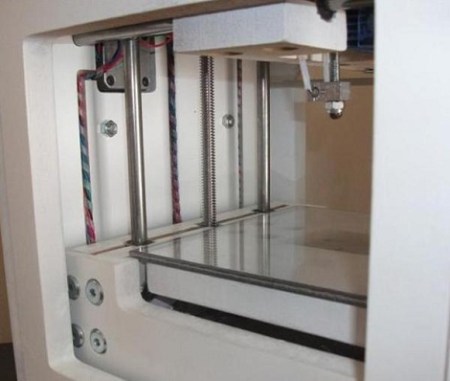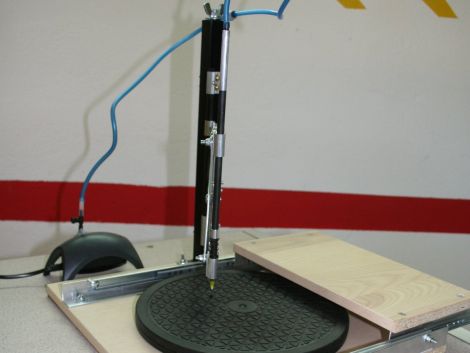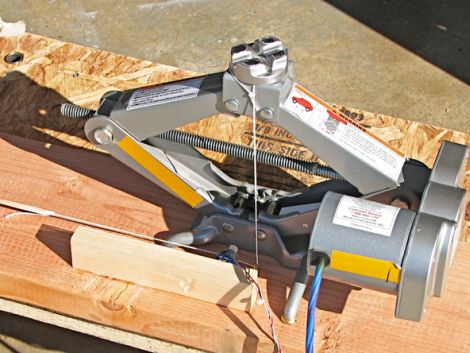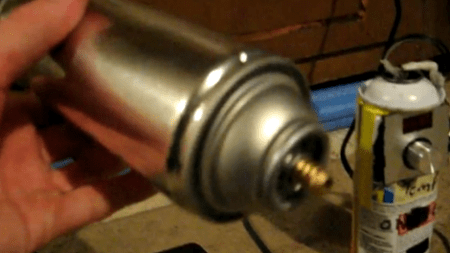
A Hack a Day reader needed a tool to solder a lot of SMD parts, so he built a DIY heat gun, and we’re impressed with the results.
After trawling the internet looking for ideas for his heat gun, [MRGATZ85] found that most builds used the ceramic element from cheap soldering irons. Experiments in this direction didn’t go very well because the ceramic element in these irons tends to fall apart very easily. In a moment of inspiration, [MRGATZ85] realized he had an old vaporizer lying around and decided to take it apart. To his surprise, the vaporizer element was a great size, self-contained, and most importantly free. After fabricating a case out of high-temperature foam, aerosol cans, and deadbolt parts, [MRGATS85] was left with a very nice build.
Aside from SMD work, a heatgun can be a very valuable tool for PCB stripping and being used for solder reflow. We’re a little surprised we haven’t seen a homebrew heat gun in quite a while. Even though the element is surrounded by high-temperature foam, the gun still gets a little hot to the touch. We’re hoping that will eventually be under control; it’s a very useful build otherwise.
Check out the image gallery, or the video demo after the break.

